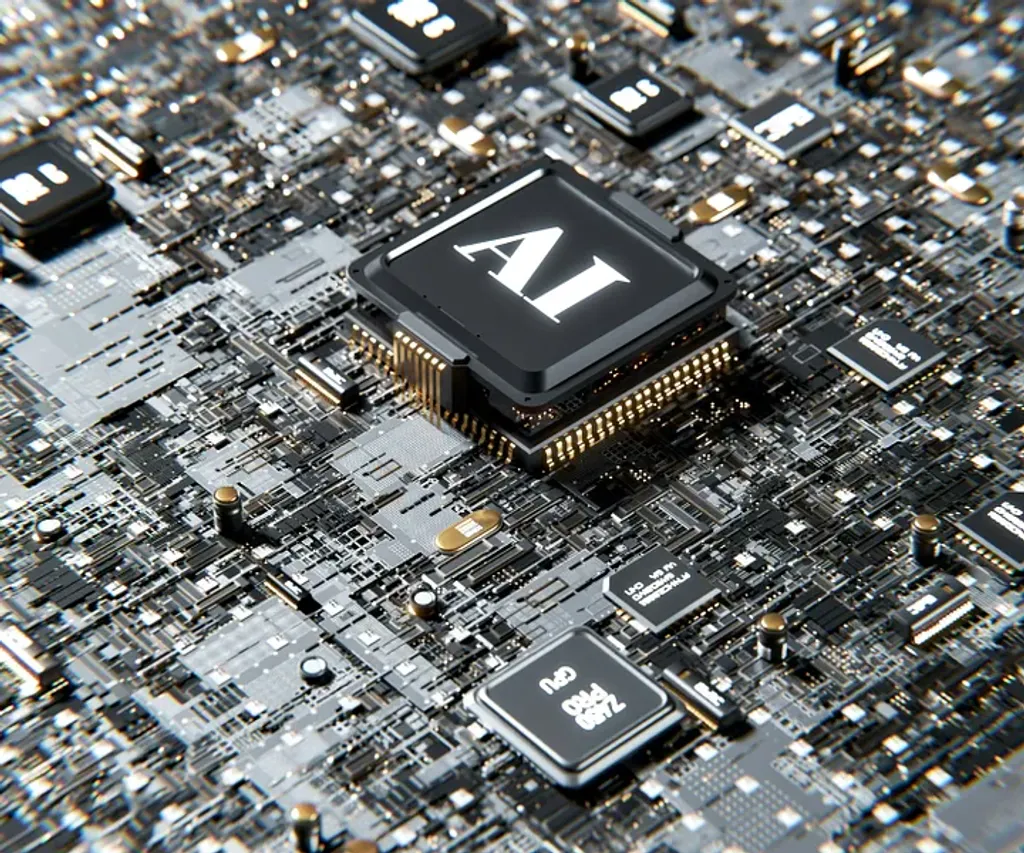In an era dominated by technological advancements, Artificial Intelligence (AI) stands out as one of the most transformative forces shaping our world. From powering virtual assistants like Siri and Alexa to driving autonomous vehicles and revolutionizing healthcare, AI is ubiquitous. But what exactly is AI, and how does it work? In this blog post, we’ll delve into the fundamentals of artificial intelligence, demystifying its concepts and shedding light on its core principles.
Table of contents
Open Table of contents
Understanding Artificial Intelligence:
At its core, Artificial Intelligence refers to the simulation of human intelligence in machines that are programmed to think and learn like humans. The goal is to enable machines to perform tasks that typically require human intelligence, such as understanding natural language, recognizing patterns, solving problems, and making decisions.
The Basics: Machine Learning and Deep Learning:
Machine Learning (ML) is a subset of AI that focuses on enabling machines to learn from data without being explicitly programmed. It involves algorithms that iteratively learn from data, identify patterns, and make decisions with minimal human intervention.
Deep Learning, a subfield of machine learning, has gained immense popularity in recent years. It involves the use of artificial neural networks — inspired by the structure and function of the human brain — to process data and extract meaningful insights. Deep Learning has fueled breakthroughs in various domains, including image recognition, natural language processing, and speech recognition.
Neural Networks: The Building Blocks of AI:
Central to many AI applications are Neural Networks, computational models inspired by the structure and function of biological neural networks in the human brain. These networks consist of interconnected nodes (neurons) organized in layers. Each layer processes information and passes it on to the next layer, with the final output producing the desired result.
Algorithms: Driving AI Innovation:
Algorithms serve as the backbone of AI, powering everything from recommendation systems to autonomous vehicles. These algorithms enable machines to learn from data, recognize patterns, and make predictions. Common machine learning algorithms include decision trees, support vector machines, and k-nearest neighbors, each suited to different types of tasks and datasets.
Conclusion:
Artificial Intelligence represents a paradigm shift in how we interact with technology, offering unprecedented opportunities to automate tasks, enhance decision-making, and drive innovation across industries. By understanding the basics of AI, including machine learning, deep learning, neural networks, and algorithms, we can harness its potential to solve complex problems and improve the human experience.
In conclusion, Artificial Intelligence is not merely a buzzword but a transformative force reshaping our world. By grasping the fundamentals outlined in this blog post, you’re equipped to explore the vast landscape of AI applications and contribute to its ongoing evolution.
Whether you’re a seasoned professional or a curious novice, embracing the journey of understanding Artificial Intelligence is an investment in the future of technology and humanity.
In this blog, I’ve covered the basics of Artificial Intelligence, including its definition, key concepts like machine learning and deep learning, neural networks, and algorithms. Understanding these fundamentals is crucial for anyone looking to dive deeper into the realm of AI and its myriad applications.
Enjoyed the read? If you found this article insightful or helpful, consider supporting my work by buying me a coffee. Your contribution helps fuel more content like this. Click here to treat me to a virtual coffee. Cheers!
